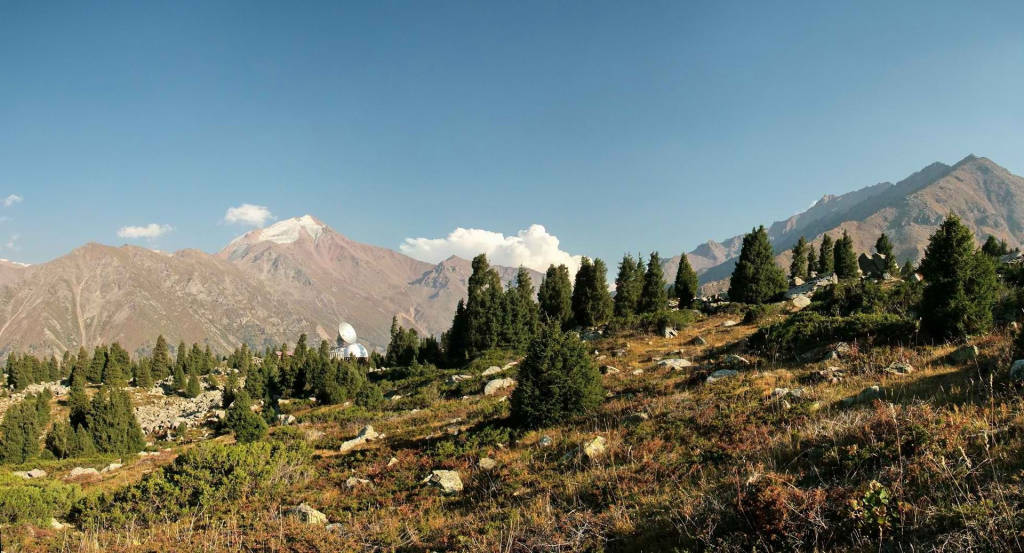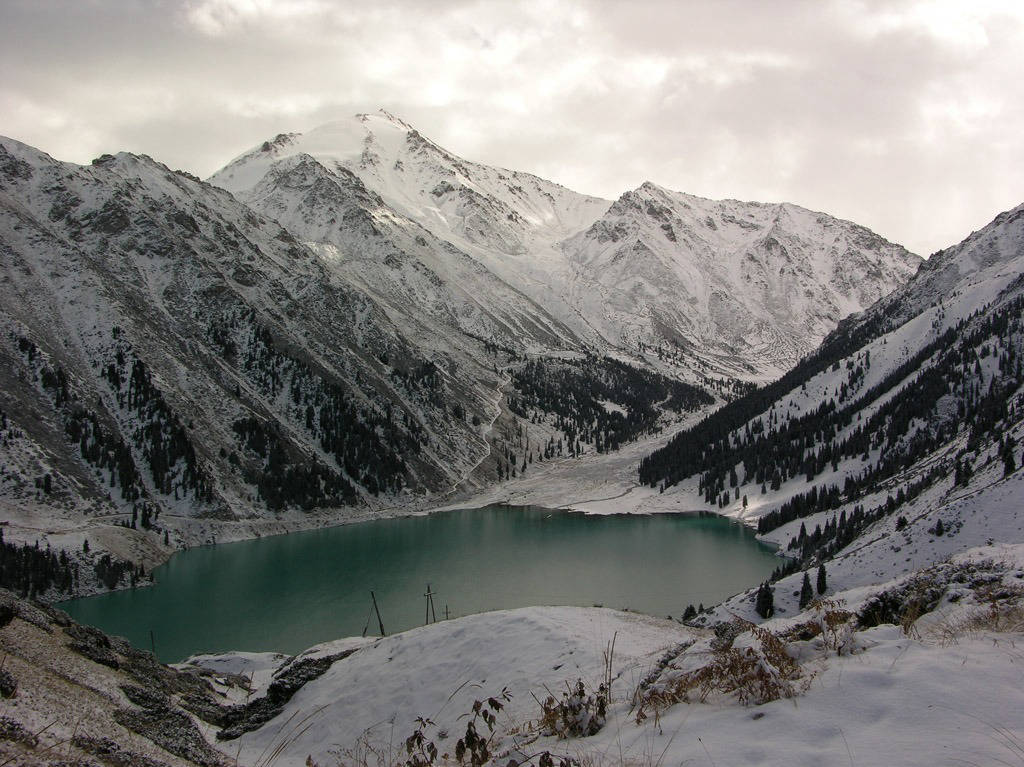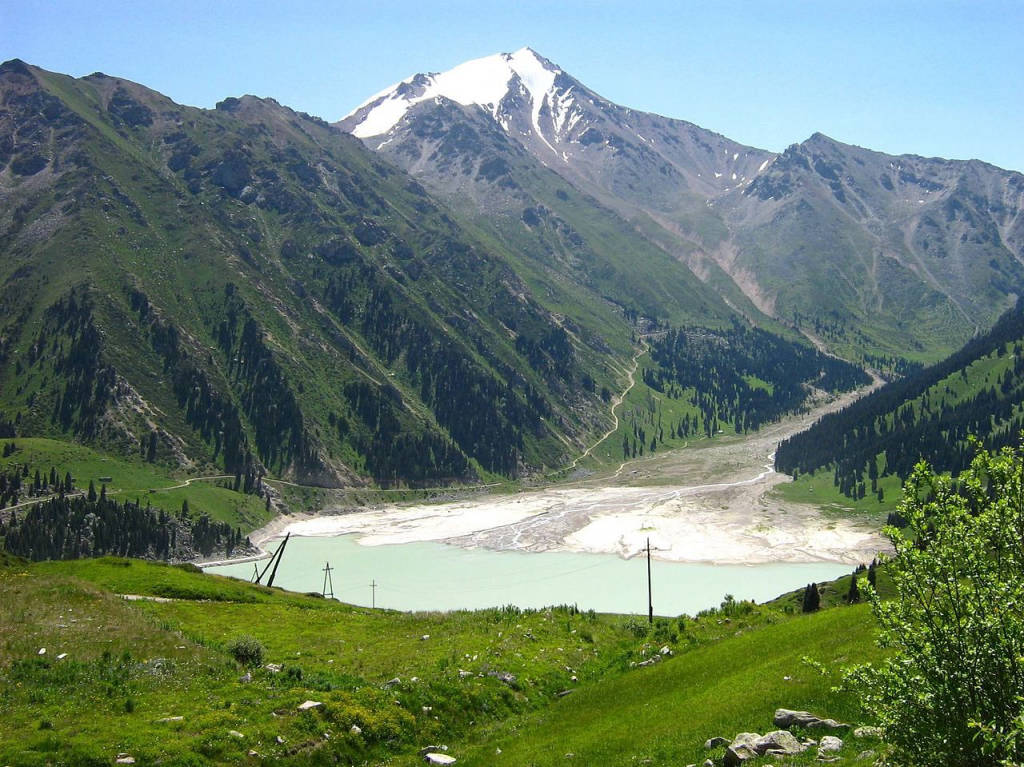Ile-Alatau National Park was established by decree of the Government of the Republic of Kazakhstan on February 22, 1996. The park is located on the northern slopes of the Zailiiski Alatau mountain, south of the capital Almaty. The main goal of the national park is to preserve and restore unique natural complexes and provide a green tourist destination for domestic and foreign tourists. At an altitude of 600 to 5,000 m above sea level, the national park has picturesque forests with rare plants such as Shrenk fir, Sivers apple, hawthorn, wild apricot, Fairy ash Paint…
Ile-Alatau National Park has an extremely rich and diverse flora system with more than 1,200 species. The alpine areas and alpine subregions (2,400 to 3,400 m) are dotted with picturesque meadows with motley grass, several sedge meadows and some beautiful moss-covered marshes. There are also very thick juniper bushes. Shrubs and forest belts are located at an average elevation of 1,600 to 2,800 m with numerous varieties of beautiful roses, broadleaf and coniferous forests. At an altitude of 1,400 to 1,600 m is a mountainous steppe with groves of wild apple trees, apricot trees and rare rose hips. Scientists believe that the low hills of Zailiiski Alatau are the birthplace of rare varieties of apples.
Flora in the national park has many rare and endemic species. The Red Book lists 36 species of herbaceous plants, shrubs and trees. These include ancient forms of flowering plants - two species of tulips, one species of iris and one species of peony. Historians believe that it was here that brought tulips to Asia Minor via the Great Silk Road in the Middle Ages, and then to the Netherlands.
The national park's wildlife is very rich and diverse, with more than 1,500 species of invertebrates and 213 species of vertebrates, including 47 mammals, 148 birds, and 8 species. reptiles, 2 amphibians and 8 fish species. Most of the animals that frequently appear in forests and dark spaces include Siberian deer, roe deer and Siberian deer. Other common animals are wild boar, wolf, fox.
The national park is home to 13 species of precious birds listed in the Red Book, not to mention the Himalayan falcon, bearded vulture, golden eagle, great fire warbler, green coal warbler, and blue stork. In addition, visitors can also encounter some rare and endangered mammal species such as red dog, snow leopard, Pallas cat, Central Asian lynx, Tien Shan brown bear and rock dog.
There are also a number of archaeological sites that are the historical and cultural heritage of the peoples of Kazakhstan including the Early Iron Age burial mound (in the Turgen Gorge), the burial mound in the Highlands Assy, the Saki mound on the banks of Yesik (Issyk), ancient medieval settlement sites: Talkhiz and Turgen. An ancient road runs along the national park, in the past it was used for the great migration of peoples from Asia to Europe. And later, the great Silk Road appeared here as a historical testament to a great period of development.
 Register
RegisterSign in Travel Agent
Sign in Supplier
Sign in Affiliate
Sign in Guru









 Abay Ave 64, Алматы, Kazakhstan
Abay Ave 64, Алматы, Kazakhstan